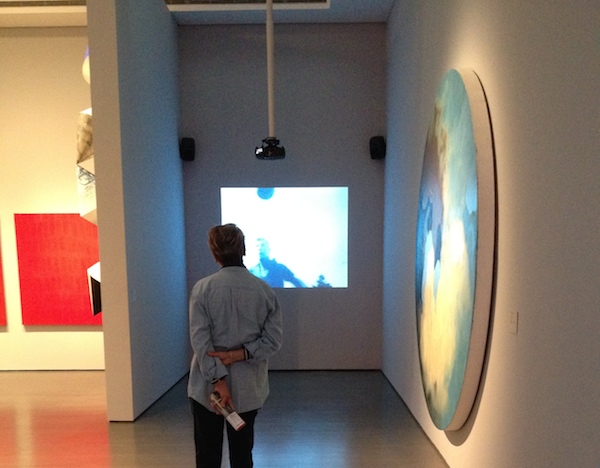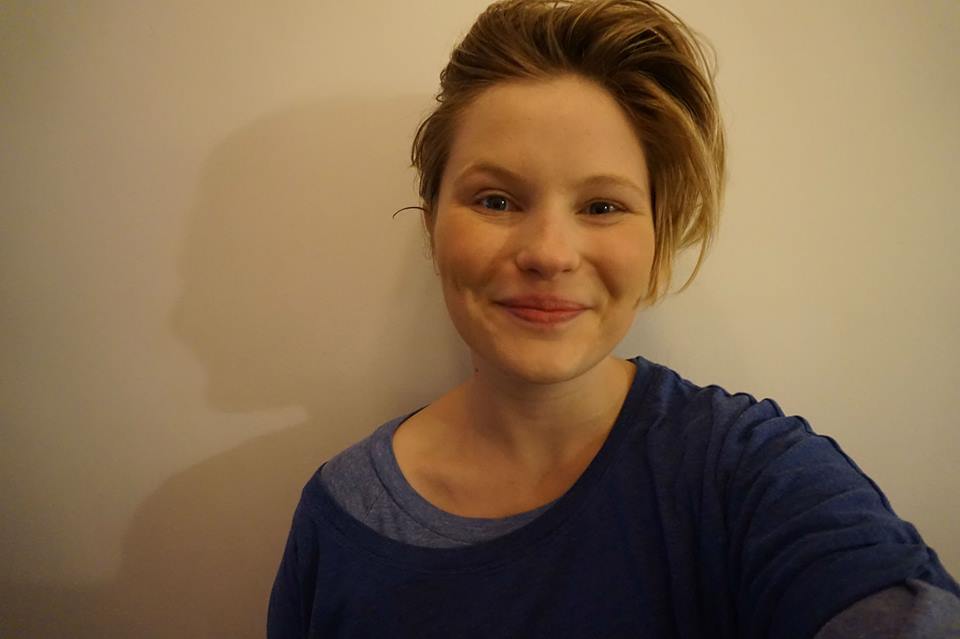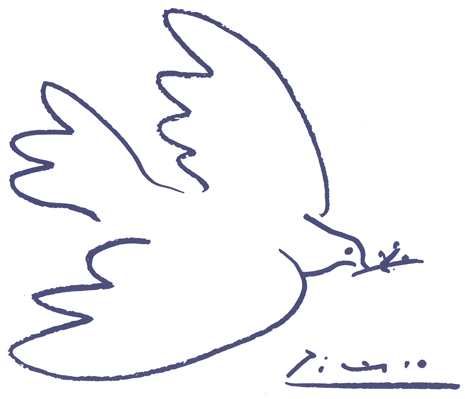Museums Day
“Read this!” Here is what was written in the note I found in my mailbox last week:
“ ‘The best thing in that museum was that everything always stayed right where it was. Nobody’d move. . . . Nobody’d be different. The only thing that would be different would be you.’ Holden Caulfield in Catcher in the Rye (J D Salinger).”
The woman next door is a huge fan of Salinger. She even said she met him once, although I find that hard to believe. Anyway, she dropped the Montreal Museums Day flyer in my mailbox with that quote attached to it. She is extremely literary – her fridge has so much magnetic poetry on it, you can hardly see it – and the poems on it are good – I mean, really good. Just to say, she caught my attention.
So, while I am not sure it is really the case these days that nothing and nobody moves in a museum, what with films, kinetic sculptures, performance art and such, these words still hold a lot of truth, and they got me thinking. At a museum you will stand in front of something that was put there deliberately for you. Life slows down. Your looking and the experience of what you see can focus your mind and make you think in a way that you don’t always get a chance to do in everyday life. Instead of being bombarded with the arbitrary images of newspapers and magazines, TV and the Internet, logos and ads which seem to be everywhere our eyes fall, in a museum the images and objects are placed in a precise way for direct observation and contemplation. Kept to a minimum are the distractions of the fast-paced, casual, hi-speed and disposable world outside. You can choose what you want to look at and for how long – you can admire what you are looking at, hate it, question it, be astonished and amazed by it, fall in love with it. (I almost fell to my knees in front of a Prudence Heward painting at the Montreal Museum of Fine Arts’ pavilion of Quebec and Canadian Art. It was one I had often admired in books but when I saw the colours and her brushstrokes, a deep emotion came over me and I felt overwhelmed by the beauty of the original. I know when I go back, it will still be there, and it is mine, in a sense, to look at whenever I want.)
At a museum, the busyness, noise, confusion and anxiety of everyday life are put on hold. The very stillness of an object, whether a painting, a sculpture, a piece of history, an installation, or even a film which keeps repeating itself over and over, makes it fully available to ponder, to project upon, to enjoy, to wonder about, to analyze, and to understand in your own way when you are in front of it, knowing it was there before you arrived and it will be there when you leave.
Why do this? Well, because art and artifacts show us what makes us human. From the fashioning of a useful object to the expression of the deepest emotion, art can convey the full spectrum of human experience. At one time, art was everywhere – there was no distinction between art objects and everyday objects, nor between the artisan and everyone else in the village. It was all one: in buildings, tools, vessels, decoration and even in symbolic and religious expression. Now, instead of making our things from natural materials using time-honoured methods or attempting to use our artistic imagination to understand the universe – or even just to entertain ourselves, we often go shopping or watch television instead, just because it is so very much easier. Objects that grew naturally from humanity’s quest towards civility and morality and beauty were all around in our ancestors’ lives. Now, in an artificial and technological age based mostly on consumerism and a modern notion of practicality, we need specific objects, art objects, to remind us of our human history and collective psyche, and that we have a future. The museum gathers many of these for us to contemplate and as we contemplate them, we may contemplate our humanness.
Although nothing is permanent, there is a feeling of permanence in a museum, but equally, and poignantly, there is a sense of fleeting time. Looking at old paintings and artifacts, I find it so strange, and oddly uplifting, to think of the long dead who wore those clothes, fashioned those tools, made those beautiful things, posed for those photos, going about their day in whatever era was theirs. And as Salinger’s character Holden Caulfield says, it is we who change, not the objects in museums. They provide us with different meanings depending upon our times and needs and even moods, and foster a sense of continuity which though fleeting, is still very comforting.
Time stops as we move into the world of the object, be it an archeological memento or an ambiguous avant-garde installation. We can experience certainty in solid objects and artworks of the past, and uncertainty in challenging contemporary pieces. In a museum, we can find beauty and refinement, and the best of civilization. Or, sometimes we go to the museum to be surprised – or even shocked – to be forced to think differently, so we are able to think differently about what is unfamiliar and perplexing in the life of the world, the past, and our own times. The fears and anxieties that have always plagued humankind are there to be perceived, as are the joys and discoveries of being alive.
This Sunday, May 24, is Montreal Museums Day when over thirty museums open their doors – free – to the public. Five different bus routes driving visitors to the museums of their choice will be departing every twenty minutes from the Promenade des Artistes (Place des Arts Metro – Jeanne Mance entrance – it’s where the Jazz Festival takes place). This is the twentieth year that this has been going on, and it is part of a UNESCO initiative started in 1977 to promote museums and museum visits, in order to raise awareness of their importance for social and personal growth. Go to the museum Sunday – or any day – and take your friends and family. I’m going with the woman next door.
And stay tuned. In the next day or two, I will be posting museum games and acitivities …
by Catherine Wells
Director, Pointe-St-Charles Art School




